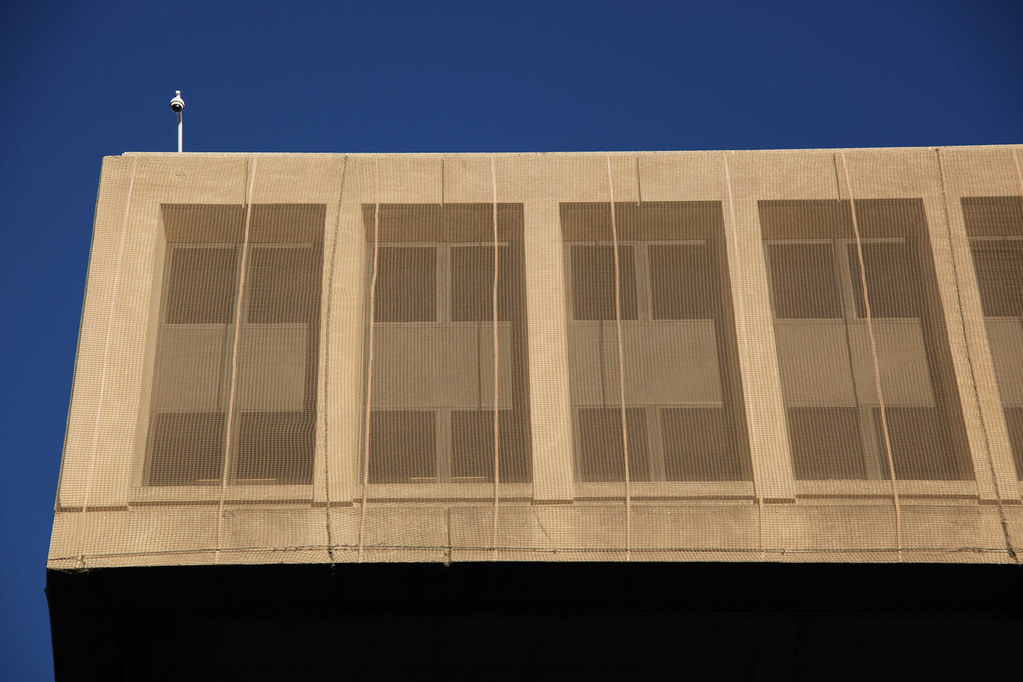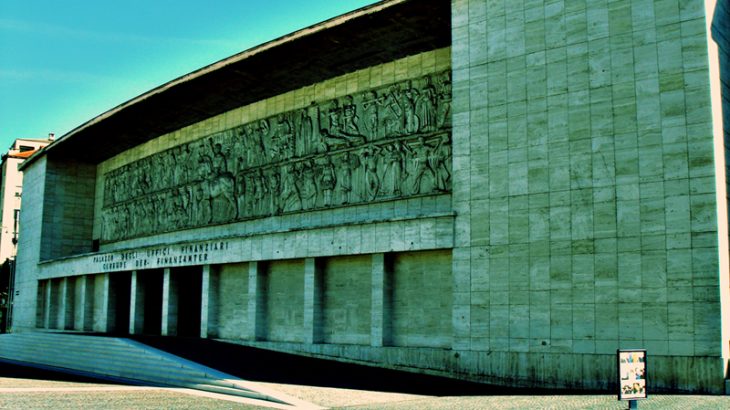What Are the Problems With Concrete Facades
Contents
– Presentation of the concrete façade
– Characteristics of the concrete façade
– Advantages and disadvantages of the concrete façade
– Problems observed on concrete facades
– Coatings on concrete facades
– Paints and stains for concrete facades
Concrete facades are as common as stone and brick facades, while wooden ones are the rarest. Concrete facades are often covered with plaster, rendering or paint. Let’s take a closer look below.
Presentation of the concrete façade
Since antiquity, concrete has existed, but it has only been used since the 19th century with the “invention” of cement by Vicat.
As we understand it, Concrete is a mixture of rocksand, gravel and a hydraulic binder: cement!
– Water is added to it to form a mortar used for binding elements such as breeze blocks, stone, bricks, etc., as well as for plastering and sealing.
– Other types of binder such as lime can be used, in which case it is called lime concrete. Concrete is, therefore, a generic term for a building material made from aggregates.
Characteristics of the concrete façade
Reinforced concrete
Concrete is very resistant to compression but has inferior resistance to traction, so it is often reinforced. Reinforced concrete is a 20th-century invention.
Reinforcing concrete means adding steel reinforcement, which has good tensile strength. Therefore the combination of concrete and steel results in a material with excellent tensile and compressive strength.
The insulating properties of concrete
Concrete facades are fire resistant and have good thermal resistance due to the high density of the material.
The inertia of concrete is sufficient to ensure stable temperatures, provided that design principles such as the size and orientation of the facades are observed.
This material also has acoustic qualities, especially in modern double-wall construction.
This type of design makes it possible to reconcile thermal and acoustic comfort by reducing the thermal bridges connecting the floors with the walls and introducing insulation between the walls.
Advantages and disadvantages of the concrete façade
|
Avantages |
Disadvantages |
|---|---|
|
– Tough. – Durable. – Colouring in the mass. – Unaffected by the weather. – Good sound and heat insulation. – Good fire resistance. – Recyclable at the end of its life, can be used as backfill. – Competitive overall cost compared to other materials. |
– Spalling/cracking due to seepage on degraded facades. – Freeze/thaw effect. – Cracks in renderings due to covered or uncovered expansion joints at the origin of the building. – Pollution on untreated facades: colour runs on the facade. – Rusting of the steel contained in the concrete: coloured streaks on the façade and partial bursting of the concrete surrounding the reinforcement. |
Problems with concrete facades
|
Types of problems |
Nature of the problems |
|---|---|
|
Problems related to the nature of the components |
– Incorrect cement dosage. – Excess water. – Dirty water. – Poor quality of aggregates: ◦ Dirty aggregates. ◦ Poor grading. |
|
Pollution-related problems |
– Acid rain. – Polluted run-off water. |
|
Problems related to the chemical reaction between the components |
Alkali/aggregate reaction – between cement and aggregates. |
|
Climate problems |
Freeze/thaw cycle of the water in the concrete (capillary action). |
|
Corrosion-related problems |
“Steel rust”, corrosion of reinforcement linked to the evolution of concrete over time. |
Plasters on concrete facades

All types of industrial plaster, whether applied by machine or manually, are suitable for hard substrates, i.e. concrete. It is advisable to read the compatibility with the substrate on the packaging.
Good products should be used, NF is a minimum.
When applied manually, the use of a lime-based coating allows you to create effects. The rendering can be floated or given a rustic appearance.
The preferred colours are light (grey tones) to ensure consistency with the building and the environment.
On a facade where the concrete is not perfect, a thick to semi-thick rendering can be applied. This allows surface defects and repairs to be hidden.
Paints and stains for concrete facades
Concrete glazes are perfect for old buildings and enhance their appearance.
Paints should be used on repaired concrete surfaces that have a uniform appearance.
Comparative table of stains and paints
|
|
Appearance |
Condition of the substrate |
Finish |
|---|---|---|---|
|
Stain |
Clear |
Good to perfect |
– Enhances the appearance of the concrete by leaving it visible. – Can be coloured, the colour of the concrete is added to that of the stain. |
|
Paint |
Opaque |
– Spot repair – Levelling |
– Adds colour to concrete. – Uniforms the appearance of the facade by hiding repairs. |
* Quality products with a minimum 10-year guarantee should be used.
Stains and paints, also offer protective qualities against pollution and weathering. Note: there are also anti-graffiti stains available on the market.
Are you worried about the state of your facade? Are you looking for facade inspection services? The right address to go to is ROPE ACCESS. They perform effective facade audits on buildings in Melbourne.
Remember to tell our readers about your experience.




















5 thoughts on “What Are the Problems With Concrete Facades”